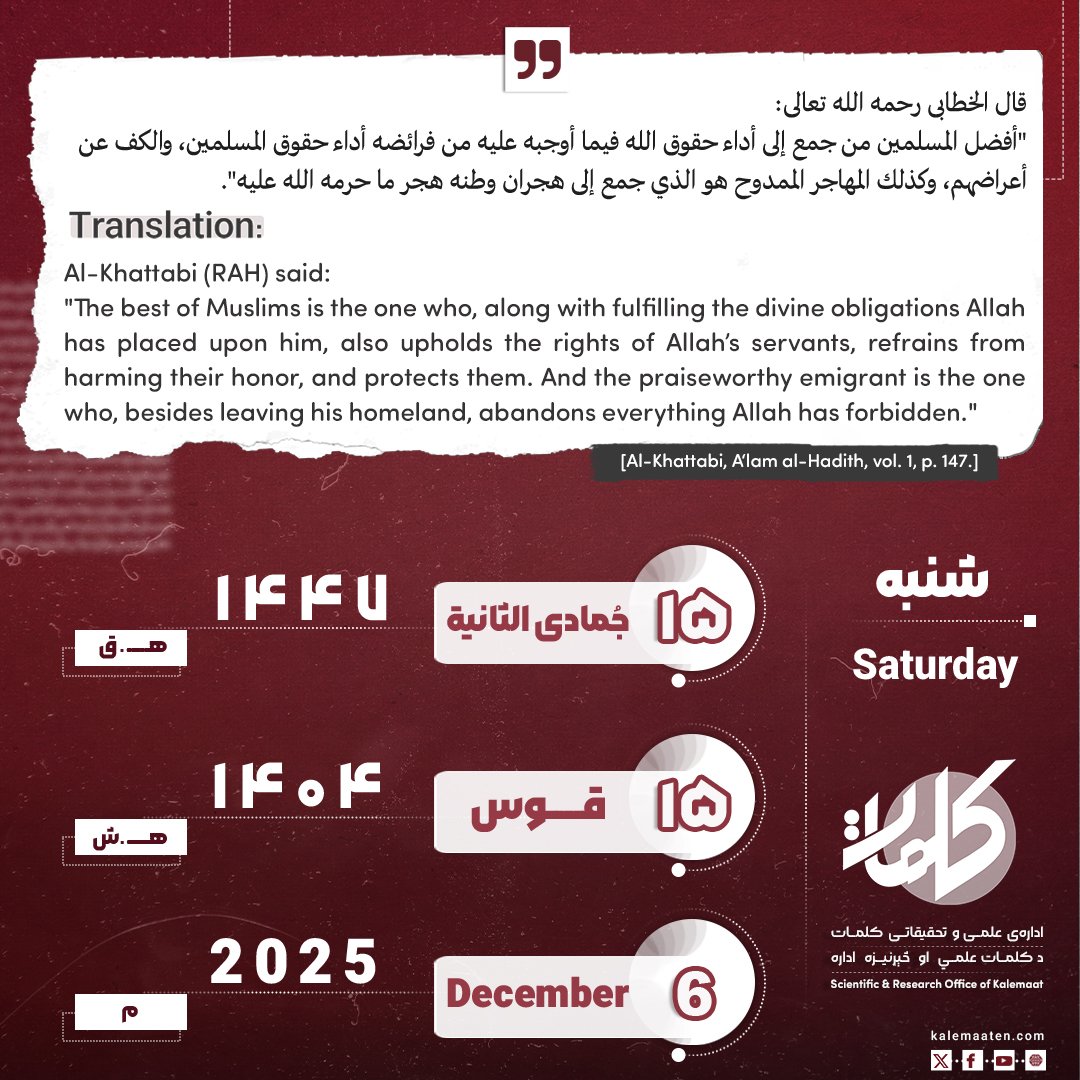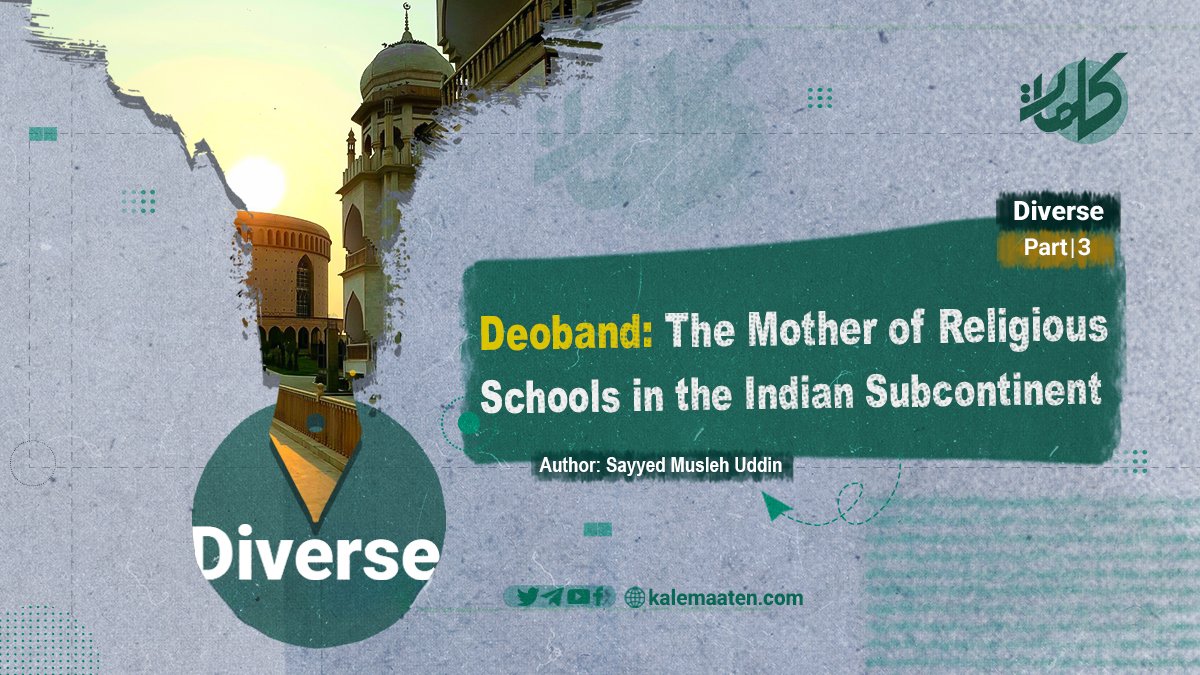Author: Sayyed Musleh Uddin
Deoband: The Mother of Religious Schools in the Indian Subcontinent (Part Three)
The Propagation of Christianity
Wherever European colonialists have entered, the propagation and promotion of Christianity has been one of their cultural strategies for deepening influence—a policy they also pursued in India, targeting Islam and its symbols. Palmerston, the then Prime Minister of Britain, wrote to Canning, the British Governor of India:
“All non-military buildings related to the religious traditions of the followers of Muhammad, that is, mosques, regardless of their ancient origin, sacredness, historical reverence, or artistic value, must be demolished to the ground.”
Vernon Smith, the head of the oversight committee, reported to Canning that the Times newspaper had raised cries of religious fervor and was not content even with the imposition of Christianity upon Muslims unless they insulted the Prophet of Islam and raised the cross of Christianity.
Another Englishman named F. Warden, under a seemingly neutral guise, pointed to the real aim of promoting Christianity in India. In his notes, he wrote:
“I secretly encourage priests to spread Christianity. While I agree with the ruler’s neutrality in religious matters, as long as the people of India do not criticize Christianity, teaching them the religion of Christ will undoubtedly benefit them. And even if this education does not change their beliefs or cause them to consider their own religion false, they will still become faithful and hard-working subjects.”
Following these remarks, employees of the East India Company began widespread efforts to convert Muslims and Hindus to Christianity. According to Grant, the most important education the English offered to the Hindus was the teaching of Christ’s religion, compiled in simple language through various pamphlets based on the Bible. He wrote:
“The remedy for all evils in India is religion—that the light of our knowledge, especially the principles of divine Christianity, be presented to them.”
Pursuing this agenda, the British government increased the number of missionaries sent to Bengal and enhanced financial aid for them. These missionaries were tasked with promoting Protestantism among the people and students, for which independent budgets were allocated. For instance, according to Mr. Swarnter’s program, annual independent financial aid was provided. Many priests and missionaries traveled to India and began their activities. In 1855, the priest I. Edmond declared to all employees:
“Now that a single government rules India, and news is transmitted across regions via telegraph, and transportation is unified through the railway, religion too must be unified, and everyone must accept Christianity.”
Mingles, a member of the House of Commons, made statements that stirred anti-British sentiments among Indian Muslims. He had said:
“God has given us the power to rule India under British authority and to raise the flag of Jesus Christ’s victory across the land; therefore, everyone must exert their utmost efforts in Christianizing India and should not be lenient in this task.”
Christian proselytism was pursued so aggressively that Christian priests would stand by the steps of the Jama Masjid in Delhi and invite Muslims to public debates. If anyone obstructed the Christian missionaries, they would be punished, and the police were instructed to cooperate with them.
Muslims reacted to these Christian missions, and Islamic scholars entered the arena of resistance. One of the most well-known figures was Maulana Rahmatullah Kairanwi (MABH), who confronted Pfander, the chief Christian bishop. Pfander would stand on the steps of Shah Jahan’s Jama Masjid, criticize Islam, and challenge Muslim scholars to debate. One day, Maulana Rahmatullah Kairanwi came dressed in a burial shroud and announced:
“I request the great bishop of India, the chosen scholar among Christian theologians and author of Mizan al-Haqq, to engage in a public debate with me so that the truth may become evident and it be made clear that the Muslim scholars have not responded to his writings out of incapacity but rather due to lack of attention.”
Following this announcement, a public debate was held, and thousands gathered, including high-ranking officials of the East India Company government such as Smith (regional governor), Christian Second (education officer), Mr. William (military commander), Lidley (government spokesman), and priest William Gulpin, at the Christian center of Akbarabad known as Katra Abdul Masih.
The subjects of the debate were five key theological disputes between Christians and Muslims: the corruption of the Gospel, the abrogation of the Gospel, the doctrine of the Trinity, the truth of the Qur’an, and the Prophethood of Muhammad (peace be upon him). In the first round of the debate, where the topic was the corruption of the Gospel, Bishop Pfander admitted to the Gospel’s distortion. This debate saved the faith of thousands and was so impactful that it was considered one of the causes of the 1857 Indian Rebellion. Sayyed Ahmad Khan wrote:
“There is no doubt about the government’s interference in religious matters. Everyone—literate or illiterate, high or low—knew that the government’s heartfelt intention was to intervene in religion and culture so that all, whether Hindu or Muslim, would become Christians and accept the colonial culture. This was the greatest reason for the revolt.”
The Arya Samaj Movement
In addition to the spread of Christianity, Muslims also faced a Hindu revivalist movement. When British influence reached its peak in Bengal, the Arya Samaj sect emerged to combat Islam. This Hindu reformist movement began in the second half of the 19th century, founded by a Gujarati named Swami Dayanand Saraswati, but it found its roots among the Hindus of Punjab. The movement was named Arya Samaj, and its slogan was “Back to the Vedas.” This slogan essentially meant rejecting the intellectual and doctrinal developments among the Aryans since the time of the Vedas. However, in reality, Arya Samaj was a reaction to the growing influence of Islam and Christianity—especially Islam.
Arya Samaj began inviting others to its religion and consequently clashed with faiths that proselytized. As a movement founded specifically to counter Islam, Arya Samaj sought to defend everything considered authentically Hindu.
It became particularly active in Muslim-majority areas that were religiously underdeveloped and had adopted polytheistic Hindu practices. Arya Samaj activists declared:
“Tribes that are originally Hindu and were forcefully converted to Islam must be repurified through the Shuddhi ceremony and brought back into Arya Samaj.”
All of these events—combined with the oppressive behavior of the British colonial government—led Muslims and even disillusioned Hindus to rise up in rebellion.
Continues…
Previous Part/ Next Part
1. Hardy, P. (1990). The Muslims of British India. Tehran: Markaz-e Nashr-e Daneshgahi, p. 103.
2. Adrawi, A. (2001). History of Islam in India. Lahore: Dar al-Fikr, p. 50.
3. Miyan, S. A. (2006). Revolt of 1857 and Muslim Scholars. Delhi: Islamic Publications, p. 46.
4. Adrawi, A. (2001). History of Islam in India. Lahore: Dar al-Fikr, p. 166.



